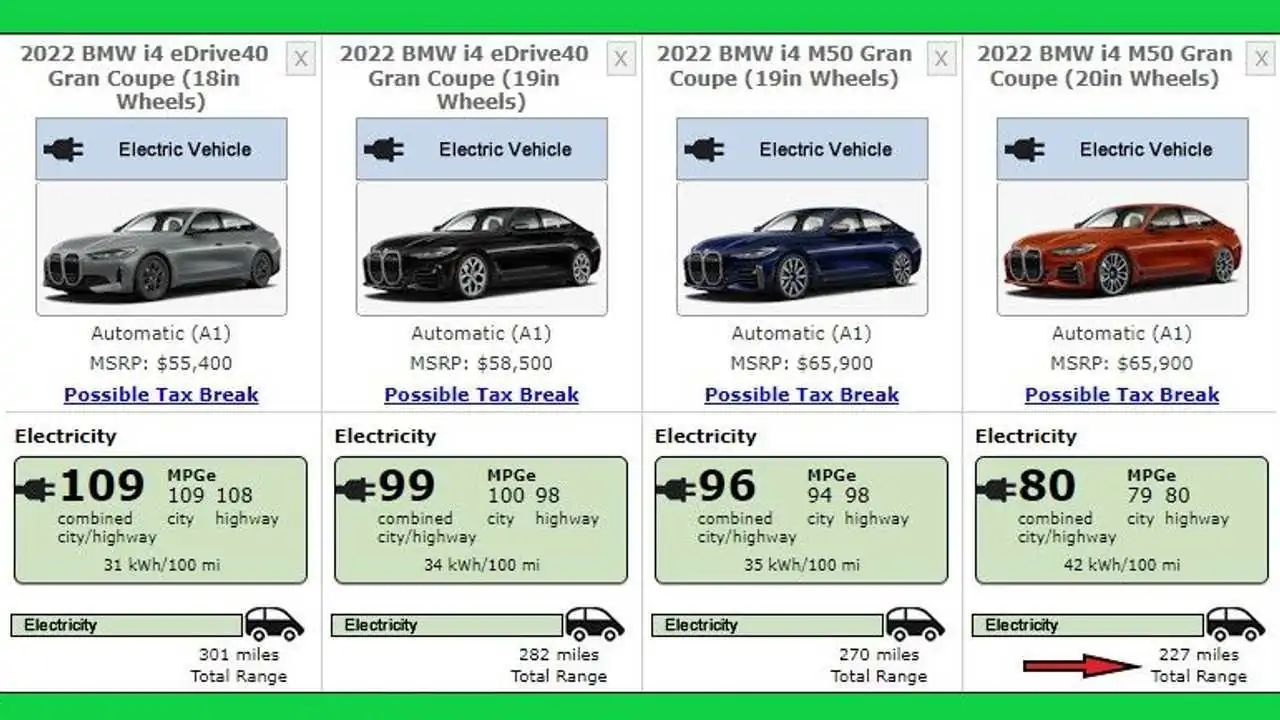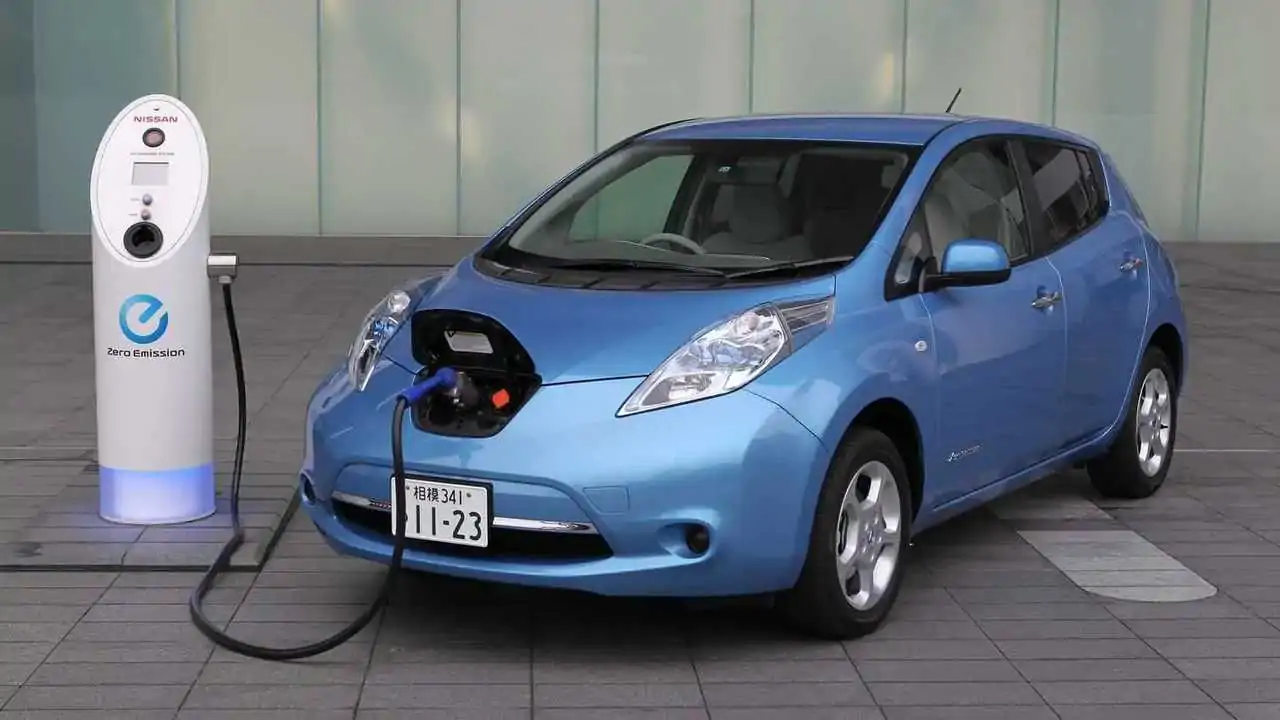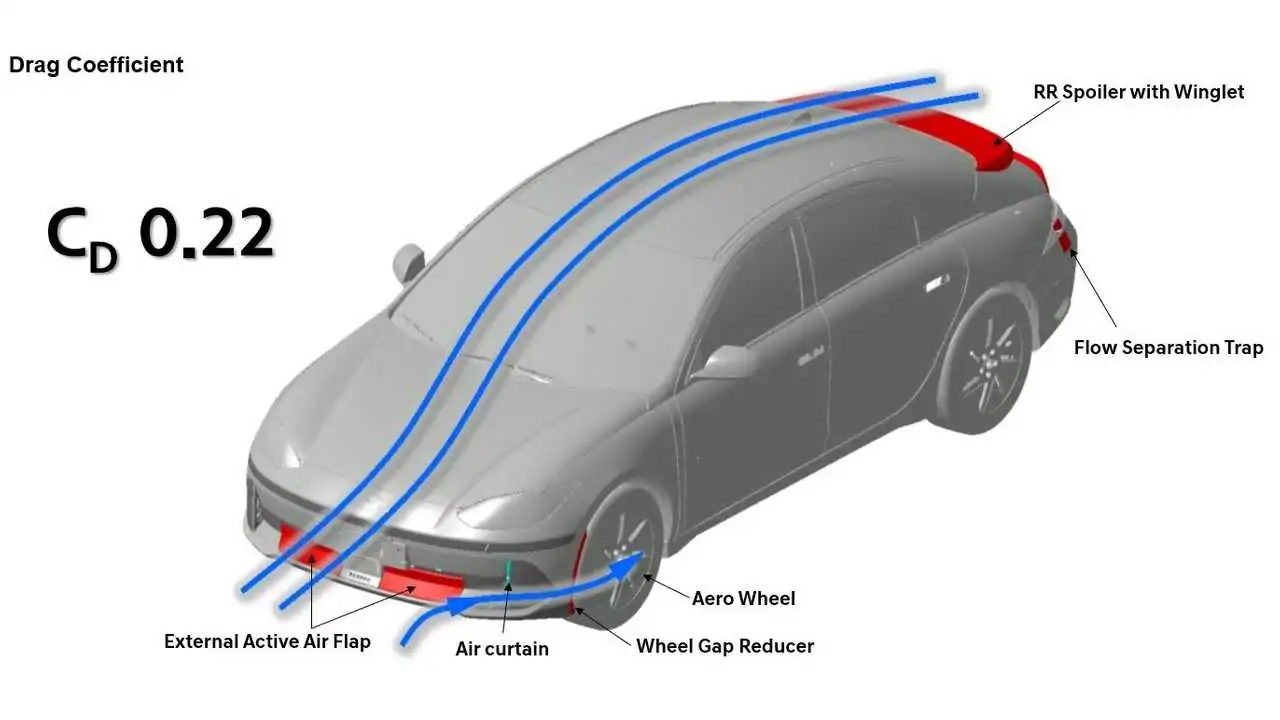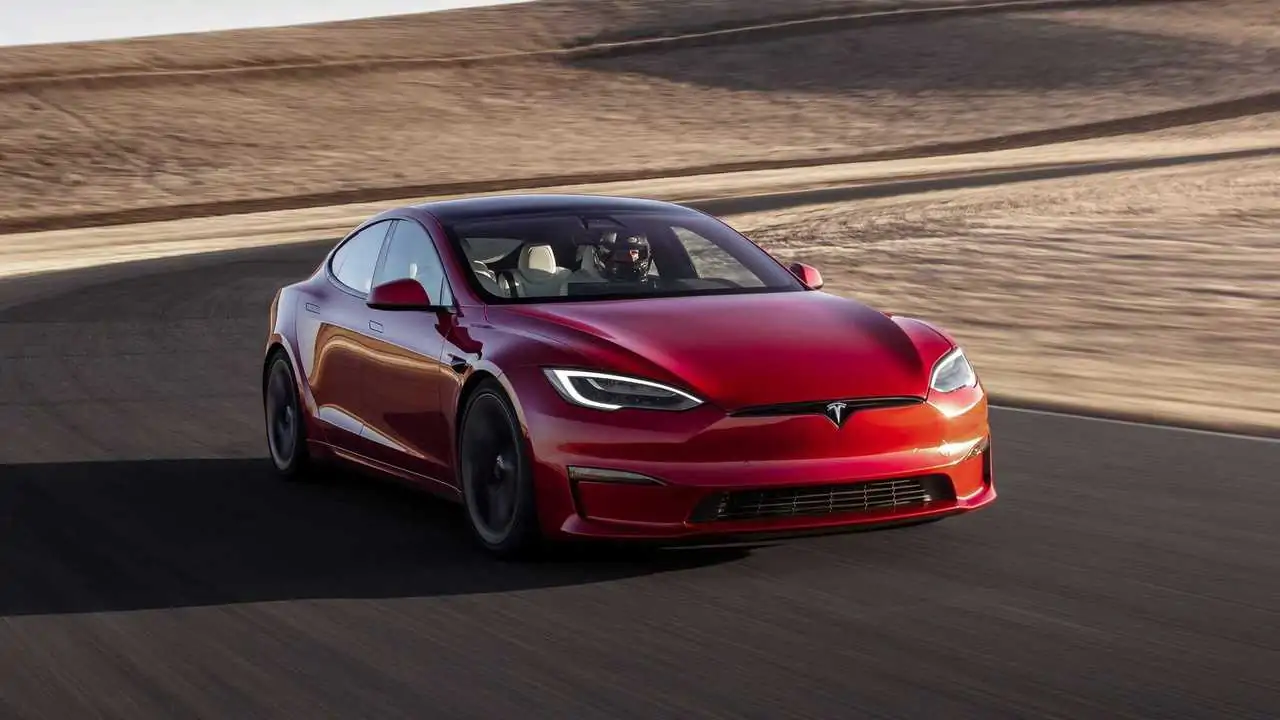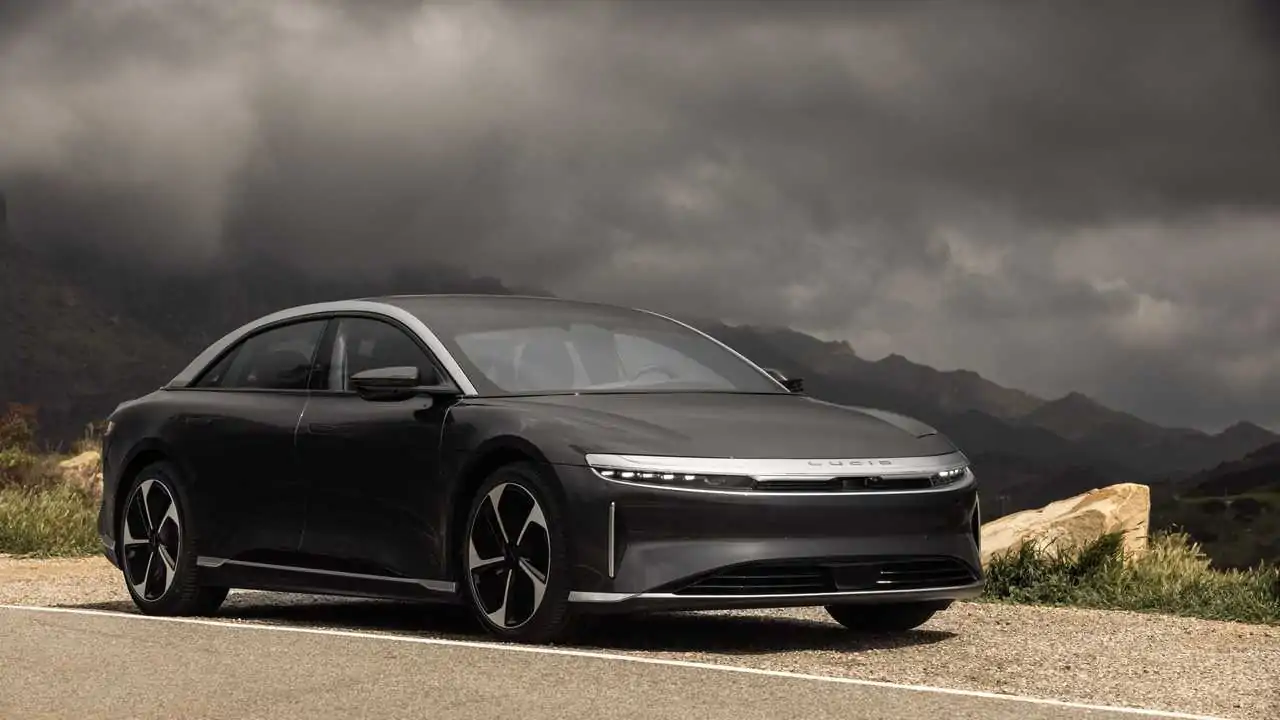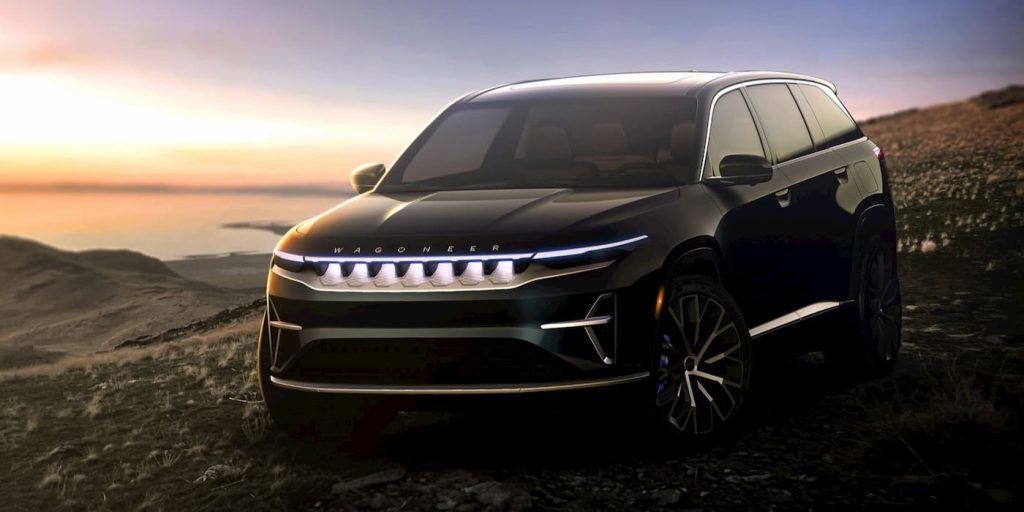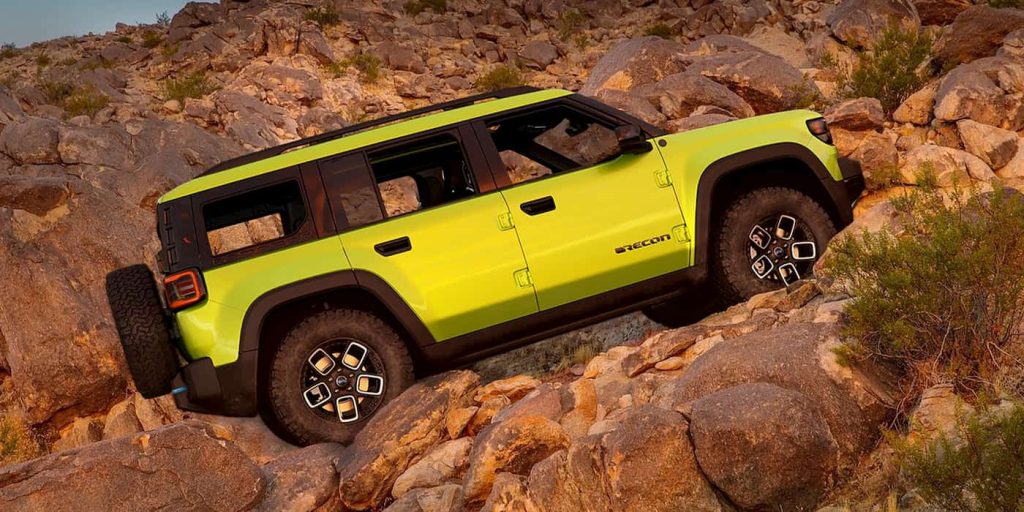Comparing the Hyundai Kona Electric and Gas Models
Leasing Advantages for the Kona Electric
The Hyundai Kona Electric is becoming an increasingly attractive option for budget-conscious drivers, especially when considering leasing options. The electric version of the Kona offers a lease rate of $199 per month for 24 months with $1,579 down, while the gasoline-powered Kona SEL costs $239 per month for 36 months with $3,999 down. The shorter lease term and lower down payment make the Kona Electric more accessible and financially appealing than its gas counterpart.
Additionally, the significant federal electric vehicle leasing incentive of $7,500 further reduces the overall cost of leasing the Kona Electric. This incentive, combined with Hyundai’s flexible leasing terms, results in an all-in monthly rate of $265 for the Kona Electric SEL over 24 months, compared to $350 per month for the gas-powered Kona SEL over 36 months. This cost difference underscores the financial benefits of choosing the electric model, even beyond the initial savings.
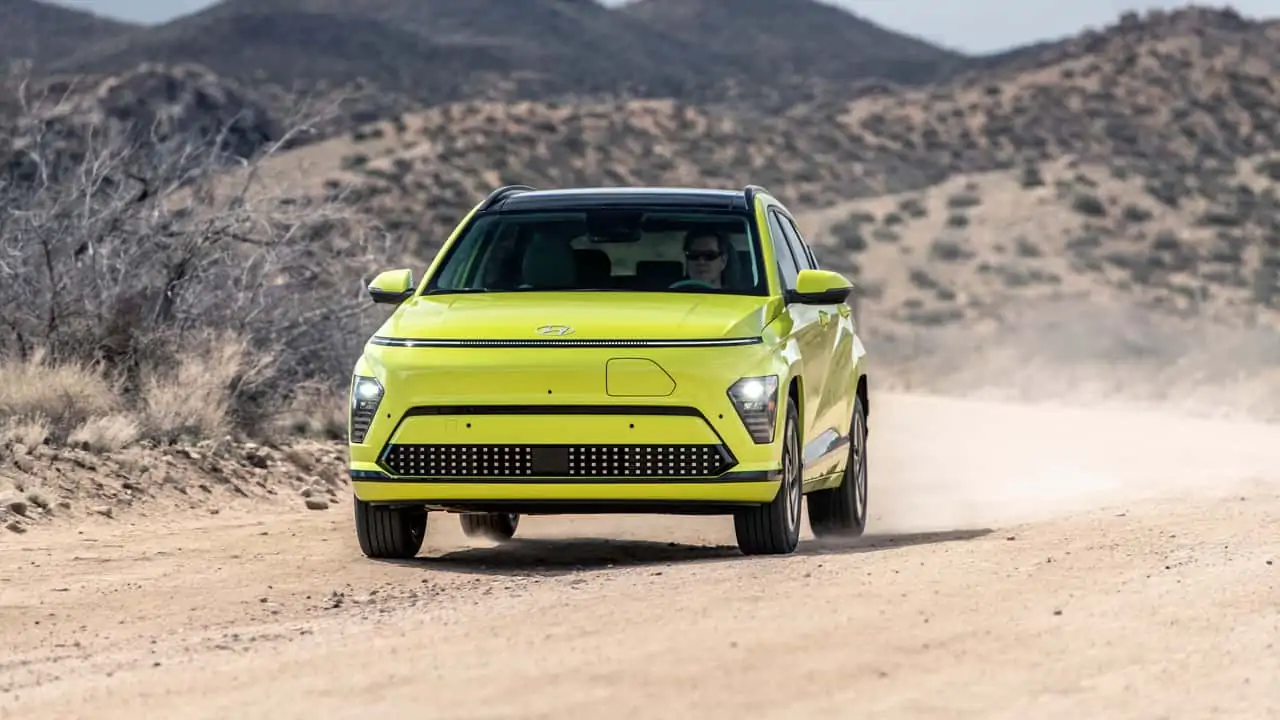
Purchase Price and Incentives
While purchasing a Kona Electric remains more expensive than the gasoline version, Hyundai’s current incentives help bridge the gap. The entry-level gas-powered Kona SE is priced at $24,625, while the electric version starts at $26,550. The $1,925 price difference is minimal considering the long-term savings on fuel and maintenance for the electric vehicle.
For those considering higher trims, the electric Kona SEL and Limited versions, which feature a larger battery and more powerful motor, offer enhanced range and additional features. The SEL has a range of 261 miles and comes with amenities like heated front seats and a leather-wrapped steering wheel. The top-tier Limited trim adds even more luxury features, making the Kona Electric a competitive option in its class.
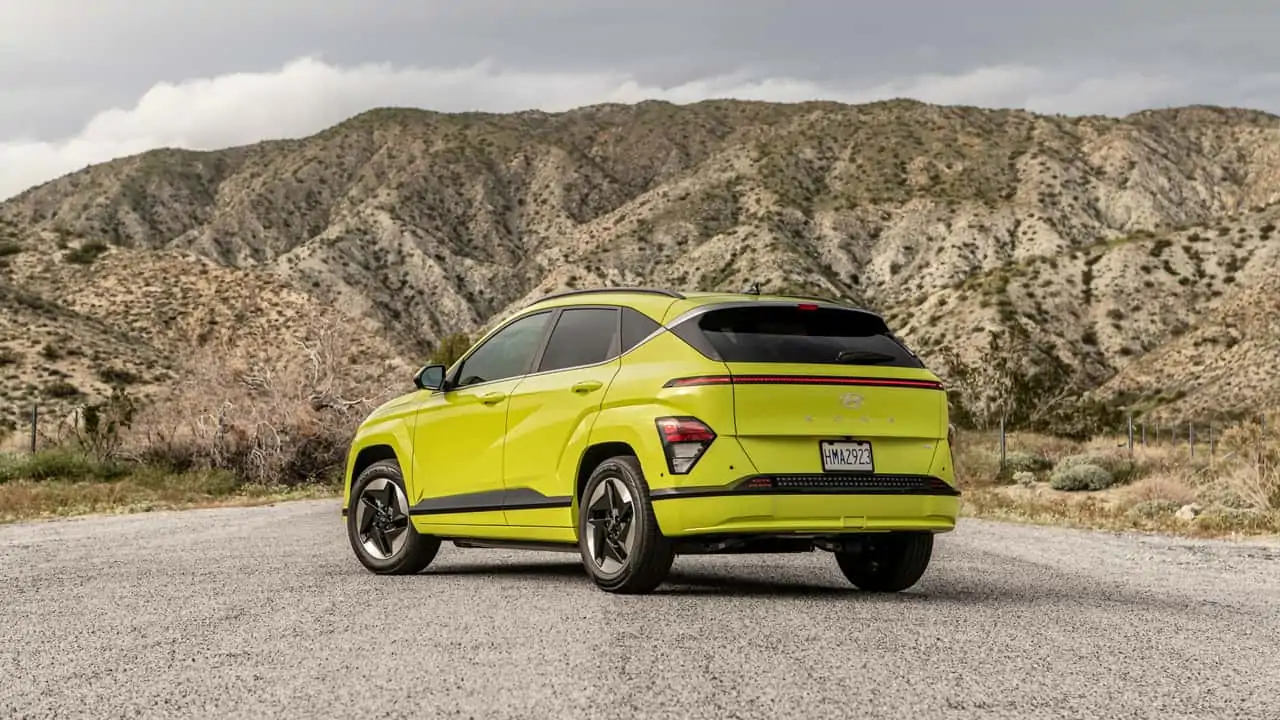
Kona Electric’s Features and Benefits
Performance and Efficiency
The 2024 Kona Electric SE is powered by a 48.6-kilowatt-hour battery paired with a 133-horsepower electric motor, providing a range of 200 miles. The SEL and Limited versions come with a 64.8-kilowatt-hour battery and a 201-horsepower motor, extending the range to 261 miles. Both variants support DC fast charging up to 100 kilowatts, allowing for a 10 to 80 percent charge in approximately 45 minutes.
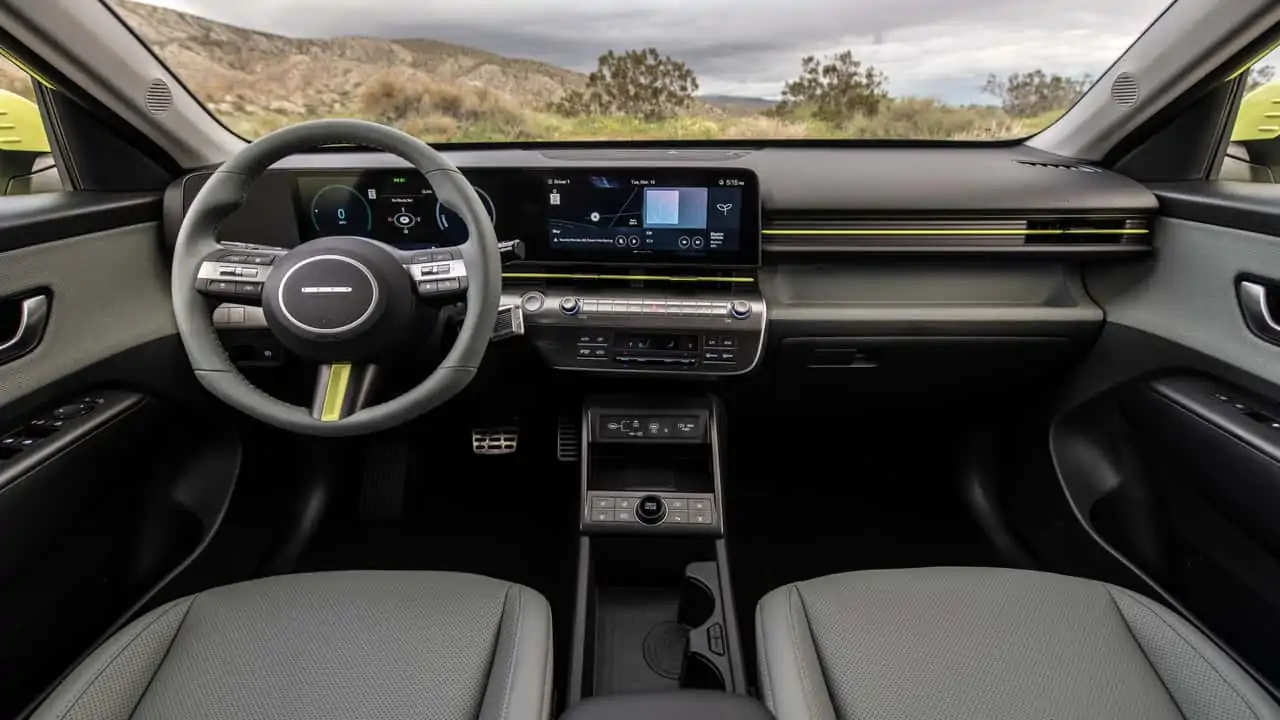
Standard and Enhanced Features
The Kona Electric SE includes features such as wireless Apple CarPlay, a six-way power driver’s seat, and adaptive cruise control. The SEL trim, with its larger battery and motor, adds heated front seats, roof rails, and a leather-wrapped steering wheel. The Limited trim offers advanced features like Hyundai’s Digital Key, ventilated front seats, a heated steering wheel, and a power tailgate.
Warranty and Maintenance
Hyundai offers a comprehensive warranty for the Kona Electric, including a 5-year or 60,000-mile basic warranty and a 10-year or 100,000-mile powertrain warranty. This extensive coverage provides peace of mind for electric vehicle owners, knowing that their battery is covered for a significant duration.
Conclusion
For drivers looking to lease, the Hyundai Kona Electric presents a compelling choice with its lower monthly costs and reduced upfront payment compared to the gas-powered version. Additionally, the electric model promises lower maintenance costs and operational savings over its lifetime. Hyundai’s incentives and federal leasing credits further enhance the Kona Electric’s appeal, making it a smart choice for environmentally conscious and budget-savvy consumers.

